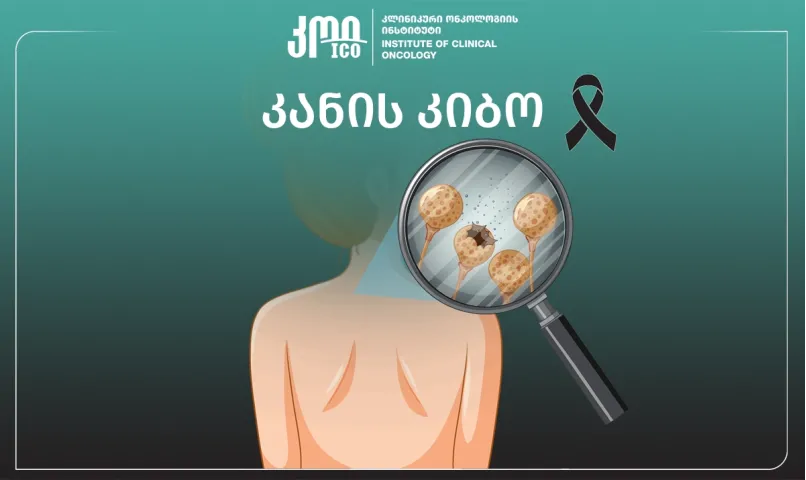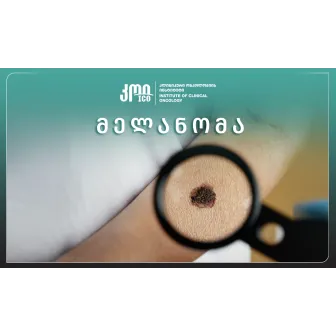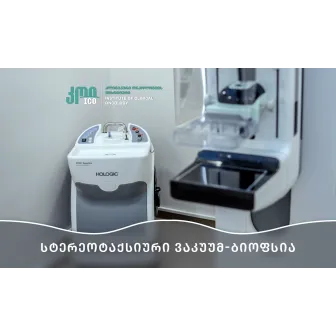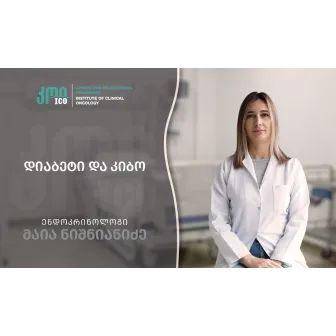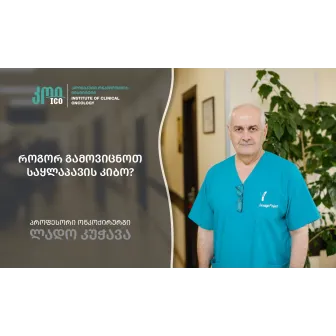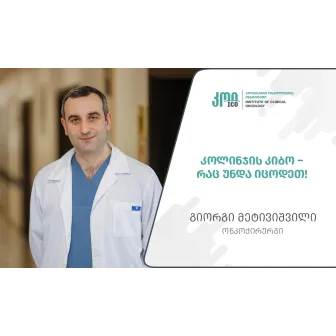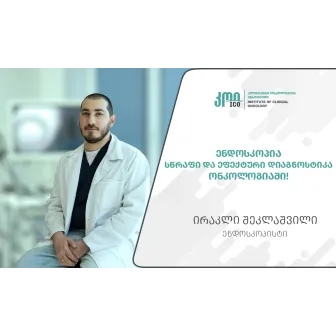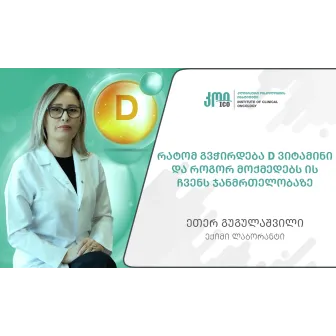Natia Mamadashvili, an oncosurgeon at the Institute of Clinical Oncology, talks to us about what types of skin cancer exist, what symptoms they present, and how they are diagnosed.
Skin cancer is the most common cancer in the world. Although some forms are relatively less aggressive, some types of skin cancer, particularly melanoma, can be life-threatening.
Skin cancer is divided into several types, the most common of which are:
- Basal cell carcinoma – the most common and relatively less aggressive form. It usually develops in areas constantly exposed to sunlight.
- Squamous cell carcinoma - is relatively more aggressive.
- Melanoma – the most dangerous form, arising from melanocytes, metastasizes rapidly and requires timely diagnosis and treatment.
Risk – Factors:
Several factors contribute to the development of skin cancer:
- Ultraviolet (UV) radiation — Sunlight and tanning beds damage skin cells and increase the risk of mutation;
- Skin type - light skin;
- Genetic predisposition -family history of melanoma;
- Exposure to chemicals;
- Impaired immunity — immunosuppressed patients (e.g., after transplantation) are at higher risk.
Symptoms and diagnostics
Symptoms of skin cancer vary depending on the type, but generally include:
A new skin growth or change in an old spot (in color, shape, size);
A sore that does not heal;
Itching, bleeding, or hardening of the skin.
ABCDE criteria are often used for detecting melanoma suspicious spots:
A – Asymmetry
B – Border (irregular shape of borders)
C – Color (color change/different shades)
D – Diameter (size >6mm)
E – Evolution (change over time)
Dermatoscopy, biopsy, and sometimes imaging methods (CT, PET-CT) are used for diagnosis if the risk of metastasis exists.
Treatment
Treatment for skin cancer depends on the type, stage, and location of the tumor:
- Surgical excision – This is the most common method. In the case of melanoma, a wider resection is required.
- Mohs micrographic surgery – an effective method for difficult-to-remove or recurrent cancers.
- Radiotherapy – used especially when surgery is not possible
- Chemotherapy and immunotherapy – mainly for advanced forms of melanoma.
- Targeted therapy – for melanoma caused by BRAF mutation.
Prevention
- Protection from the sun (using SPF 30+ creams);
- Regular dermatological examination;
- Self-examination and timely assessment of suspicious spots;
- Avoiding tanning beds
Skin cancer is often preventable and curable in its early stages if diagnosed promptly. Public awareness, preventive measures, and modern therapeutic approaches significantly reduce the risk of complications and mortality from malignant forms.
- Views:1100




